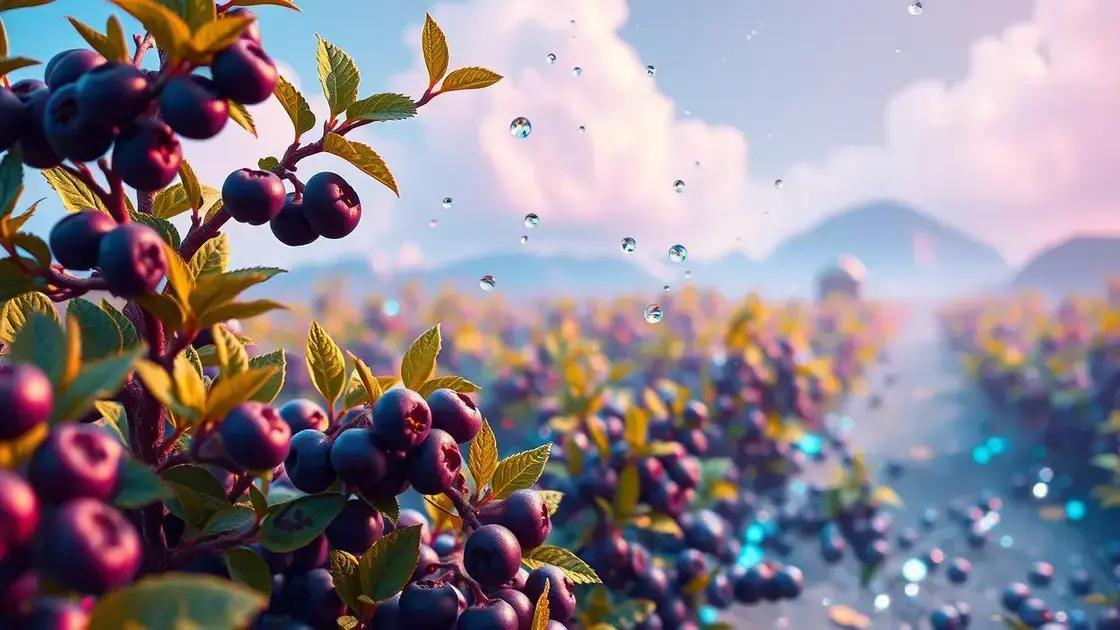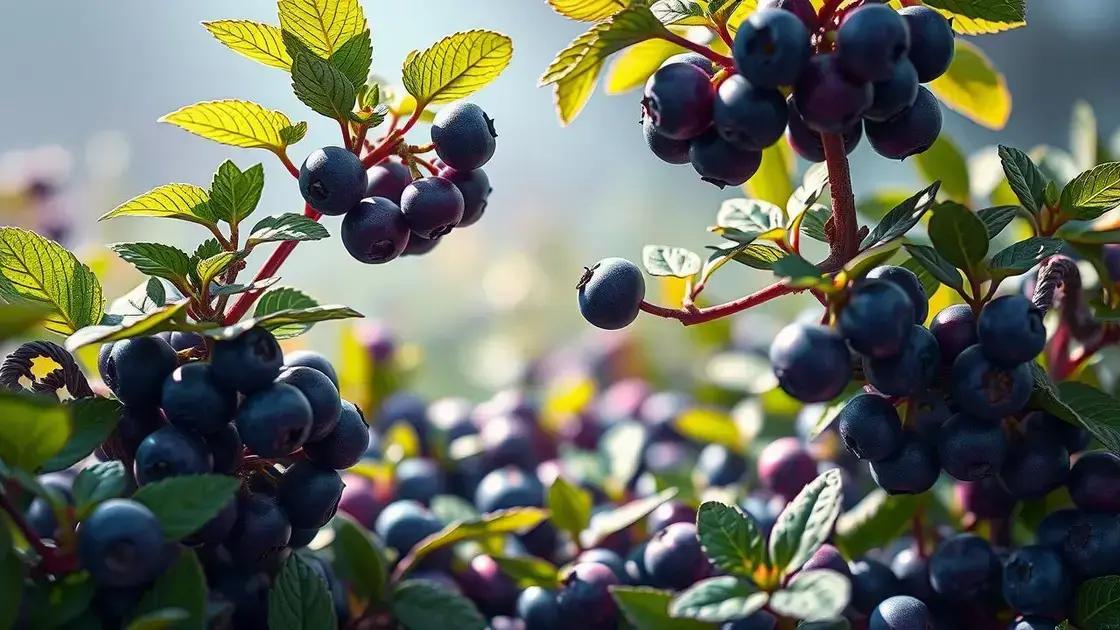How to Care for a Dwarf Blueberry Plant: 5 Essential Tips for Success
How to care for a dwarf blueberry plant? This often overlooked gardening gem can be incredibly rewarding. With a few simple tips on sunlight, watering, and fertilizers, you can experience the joy of growing luscious dwarf blueberries in your own garden. Let’s delve into how to ensure your plant thrives and produces the best fruit possible.
Table of Contents
ToggleEssential sunlight needs for dwarf blueberry plants
Essential sunlight needs for dwarf blueberry plants are critical to their growth and fruit production. Understanding how much light these plants need will help ensure a bountiful harvest. Dwarf blueberries thrive best when they receive adequate sunlight, which plays a crucial role in photosynthesis and overall health.
How much sunlight do dwarf blueberries need?
- Dwarf blueberry plants typically require at least 6-8 hours of direct sunlight per day.
- Partial shade can be tolerated, but too much shade will reduce fruit production.
Best locations for planting
Choosing the right location for your dwarf blueberries is vital. Consider the following factors:
- Avoid areas with tall trees or structures that cast shadows.
- South-facing spots are often ideal, as they receive the most sunlight.
- Use reflective surfaces like walls or paths to maximize sunlight exposure.
Signs of insufficient sunlight
If your dwarf blueberry plants are not getting enough sunlight, you may notice these symptoms:
- Poor growth and leggy appearance.
- Fewer flowers and, subsequently, fruit.
- Leaves may become yellowish or exhibit pale coloration.
Enhancing sunlight exposure
Here are some tips to improve sunlight exposure for your plants:
- Consider pruning nearby plants to reduce shading.
- Use trellises or supports if you’re growing other climbing plants nearby.
- Rotate potted dwarf blueberries to ensure all sides receive light.
Conclusion
By ensuring your dwarf blueberry plants receive the sunlight they need, you’ll enhance their growth and ensure a delicious harvest. Don’t forget that proper soil is also essential for these plants, and you may find it helpful exploring indoor gardening techniques.
Best watering practices for dwarf blueberries

Best watering practices for dwarf blueberries are crucial for ensuring thriving plants and delicious fruit. Proper watering techniques can make a significant difference in the health and productivity of your dwarf blueberry plants.
Determining the right watering frequency
- Monitor the soil moisture regularly; dwarf blueberries prefer consistently moist soil.
- Water thoroughly when the top inch of soil feels dry.
- In hot weather, you may need to water every 2-3 days.
How to water dwarf blueberries effectively
This section offers practical steps for optimal watering:
- Use a soaker hose or drip irrigation to deliver water slowly and directly to the roots.
- Avoid overhead watering to minimize fungal diseases.
- Water in the early morning or late afternoon to reduce evaporation and stress on the plants.
Signs of overwatering or underwatering
If your dwarf blueberry plants are not receiving the right amount of water, you may notice:
- Yellowing leaves can indicate overwatering.
- Wilting or browning leaves often suggest underwatering.
Additional tips for successful watering
For best results, consider these additional tips:
- Mulch around the base of the plants to retain soil moisture.
- Test the soil’s pH; dwarf blueberries thrive in acidic soil, which helps with nutrient absorption.
For more information on how to enhance your gardening efforts, check out exploring indoor gardening techniques.
Fertilizing techniques to boost dwarf blueberry growth
Fertilizing techniques to boost dwarf blueberry growth are essential for maximizing fruit production and ensuring long-term plant health. Understanding the appropriate fertilization methods can significantly enhance the growth of your dwarf blueberry plants.
Choosing the right fertilizer
- Use a balanced fertilizer specifically formulated for acid-loving plants.
- Avoid high nitrogen fertilizers, as they can promote excessive foliage growth at the expense of fruit.
- Organic options like compost or aged manure can be beneficial as slow-release fertilizers.
When to fertilize dwarf blueberries
Timing is crucial when applying fertilizers. Follow these guidelines:
- Fertilize in early spring, just before the growing season begins.
- If using granular fertilizers, apply them evenly around the base of the plant.
- Consider a second application in late summer if the growth seems inadequate.
How to apply fertilizers effectively
Proper application techniques can enhance nutrient absorption:
- Water the plants thoroughly before applying fertilizer to prevent root burn.
- Follow the manufacturer’s instructions for the correct dosage and application method.
- Try incorporating fertilizers into the soil during planting for best results.
Signs of nutrient deficiency
If your dwarf blueberry plants are lacking nutrients, look for these signs:
- Pale or yellowing leaves can indicate a need for nitrogen.
- Small or misshapen fruit might suggest a potassium deficiency.
To complement your fertilization efforts, consider exploring indoor gardening techniques that nurture your plants further.
In conclusion
Caring for dwarf blueberry plants involves understanding their essential needs for sunlight, water, and nutrients. By implementing effective sunlight practices, proper watering techniques, and appropriate fertilizing methods, you can significantly enhance their growth and fruit production. Remember to monitor your plants regularly for signs of stress or nutrient deficiencies.
Additionally, for further guidance on optimizing your indoor botanical space, consider these tips on enhancing your indoor garden. Happy gardening!

